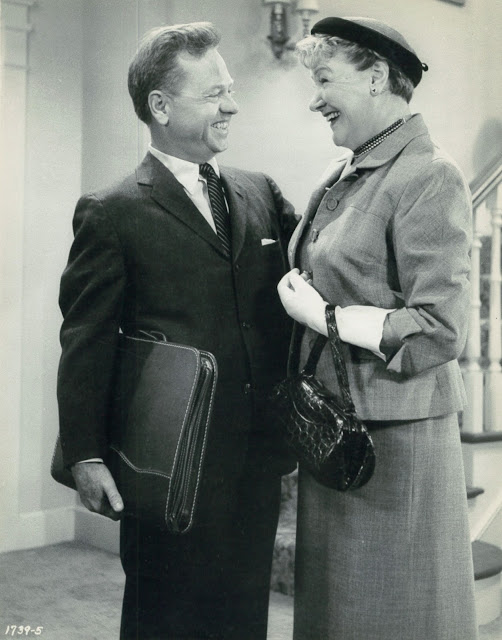Where Operettas Made A Comeback
Naughty Marietta Is a 30's and 60's Hit
Each of majors needed meat to throw wolves that was the Legion Of Decency. With Code enforcement a game played for keeps since 7/34, the industry would prove fealty via pics pure as fresh fallen snow. Each had mode of delivery, Warners with costumes and polite romance of Errol Flynn,
Here was purified entertainment, but not oppressively so. In fact, parts of Naughty Marietta are charmingly earthy, being about unwed gals brought from
It was a group of eight, including others of MGM musical backlog, played on otherwise slow weekdays, and pitched to blue hairs who'd remember Jeanette and Nelson's splendor at song. Prints were new, enough bookings to justify that outlay, and a pressbook plus fresh accessories were issued. Launch in 5/62 was met with immediate success at
























































